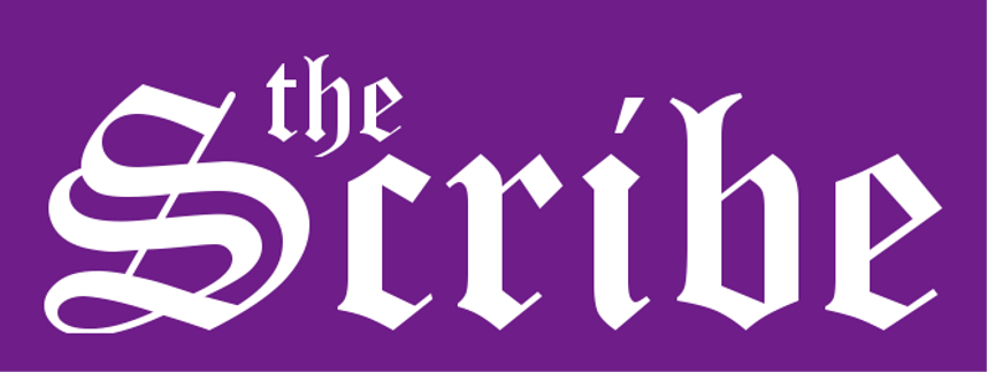In the fall of 1989 Professor Thomas joined the history faculty. He retired in May of 2003. While at UB he taught history, humanities, political science, and FYS.
Before “retirement” that word conjured up frightening images propagated by anxious well-wishers who warned of a moribund dead-end, as though this crinkling artifact was to recede adrift, listless, and alone into the sunset. A recent experience suggests quite the opposite, a renaissance toward new beginnings. This new direction may lead to a very different form of teaching, that is, to convey a means for myself and others to improve one’s energy, focus, and health. Instead of being Lamont Thomas, Senior Lecturer in History, I might become Lao Shan, Instructor in Qigong and Tai Chi.
This all began in September with a 200 hour teacher certification program in the ancient Chinese healing medicine of Qigong and Tai Chi. Twenty-one of us convened at the lovely, secluded – no television, newspapers, and rarely a cell phone – meditative center of Omega Institute in the Adirondack Mountains. Our goal was to feel, bathe, and cultivate the power of Qi, the ancient Chinese term for universal energy force within and surrounding us all. What a contrast to preparing droning lectures at UB!
Our mentor was Dr. Roger Jahnke, doctor of oriental medicine, director of the Institute of Integral Qigong and Tai Chi in Santa Barbara, California, and co-founder of the National Qigong Association in the United States. Our student population, like UB’s, was refreshingly international, diversified, and ageless: I was clearly the encrusted artifact, known to a few as “old mountain,” hence the name Lao Shan. We engaged in a revered meditative and physical practice begun some 2000 years ago in central China. Given my activist historical proclivity, I enthusiastically fell into line.
Qigong, meaning “energy cultivation,” establishes the fundamental principles common the martial arts, known as Tai Chi. Both Qigong and Tai Chi are based upon respecting and activating the most basic life force known to mankind, the natural energy within and about us. Ancient Chinese masters taught that Qi may be drawn from the heavens, yang, and from the earth, yin. Qi from the yin and yang maximize ultimate health, healing, and well-being. Intellectual and spiritual roots to Qigong and Tai Chi are traced to many traditions including Daoism (Taoism), Confucianism, and Buddhism.
Integral Qigong, the modern system in which I have been trained, is a synthesis of over 10,000 forms of Qigong. For, example, one compilation of practices is the Enhanced Vitality Method, known in China as medical Qigong, or called Bu Zheng Qigong. Integral Tai Chi is also a modification of traditional Tai Chi movements and can be readily adapted for modern health needs. For example, an adaptation for today’s persons confined to wheel chairs is a variation called Tai Chi Chair.
Qigong is literally and figuratively priceless: it is cost free, deceptively simple, and based upon the three amazingly simple steps of proper posture, complete breathing, and mental focus. Master Zhu Hui, one of Roger Jahnke’s masters from the Tian Tai Mountain in eastern China, says, “A person who makes wise use of the Three Intentful Corrections a few times a day will resolve their pains, cure their diseases, and achieve longevity.” This is the promise of Qi.
Practical applications for UB abound, but one could be students wishing to relax prior to exams. In December I would be happy to offer such classes gratis in exchange for your feedback. Write to lamont@bridgeport,edu.
